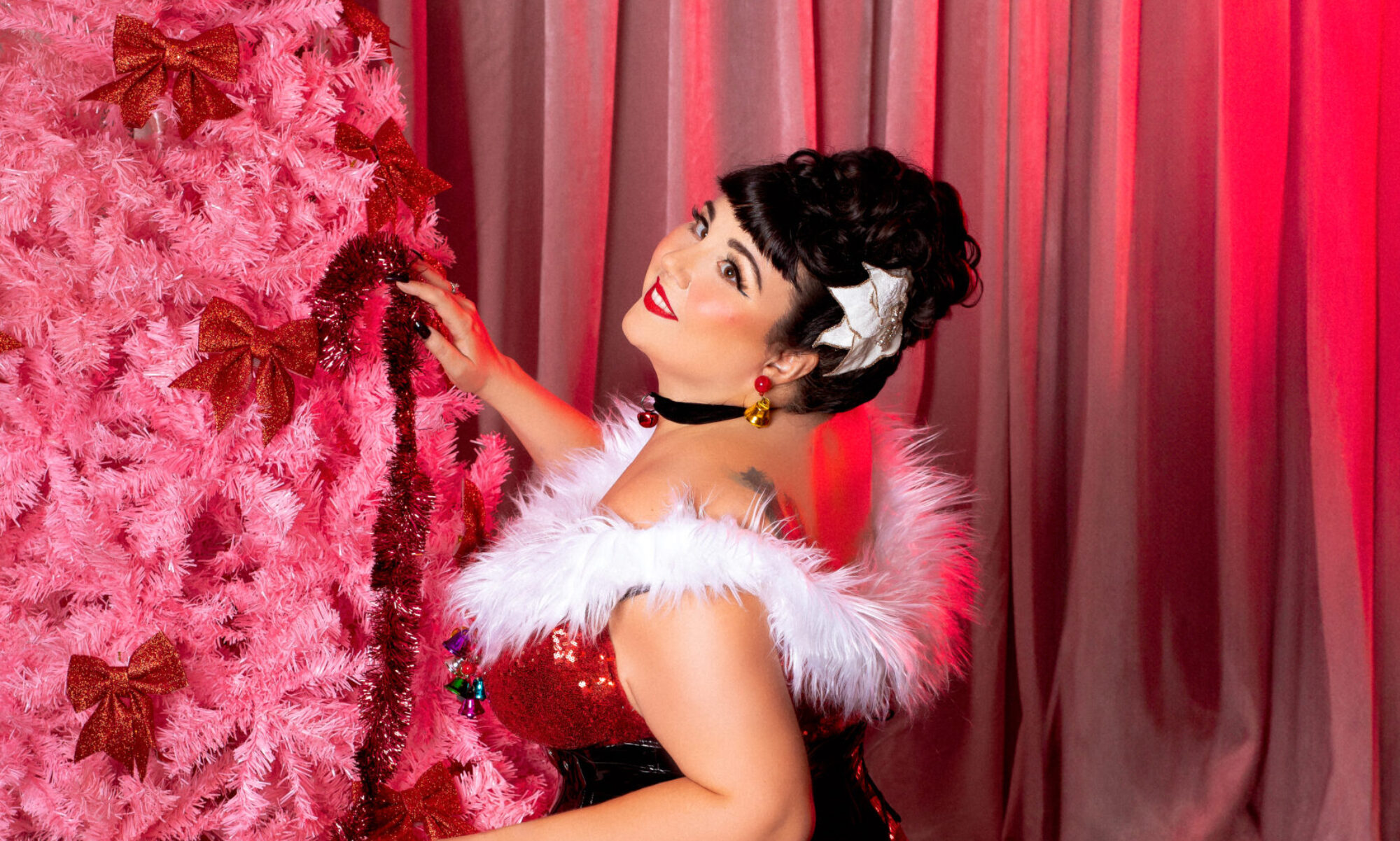Producer Rhea Kapoor, sister of star Sonam, announced yesterday that the Aisha official site is live. There doesn’t appear to be much there at the moment, though you can register for email announcements while you’re there.
Rhea Kapoor is updating the Aisha Facebook page with production stills and other information as it’s available. On the wall, she recently wrote, “Register with your email address at www.AishaTheFilm.com and something interesting might come your way tonight ;-)”
According to the Facebook, the original August 6 premiere date is still a go. I haven’t heard whether or not the film sneak-previewed last weekend as initially hoped – my guess is that it wasn’t ready.
Twitter twits can find the official film account at @AishaTheFilm …
